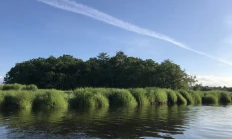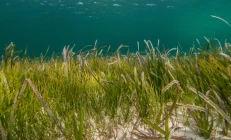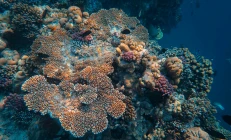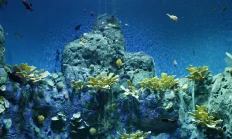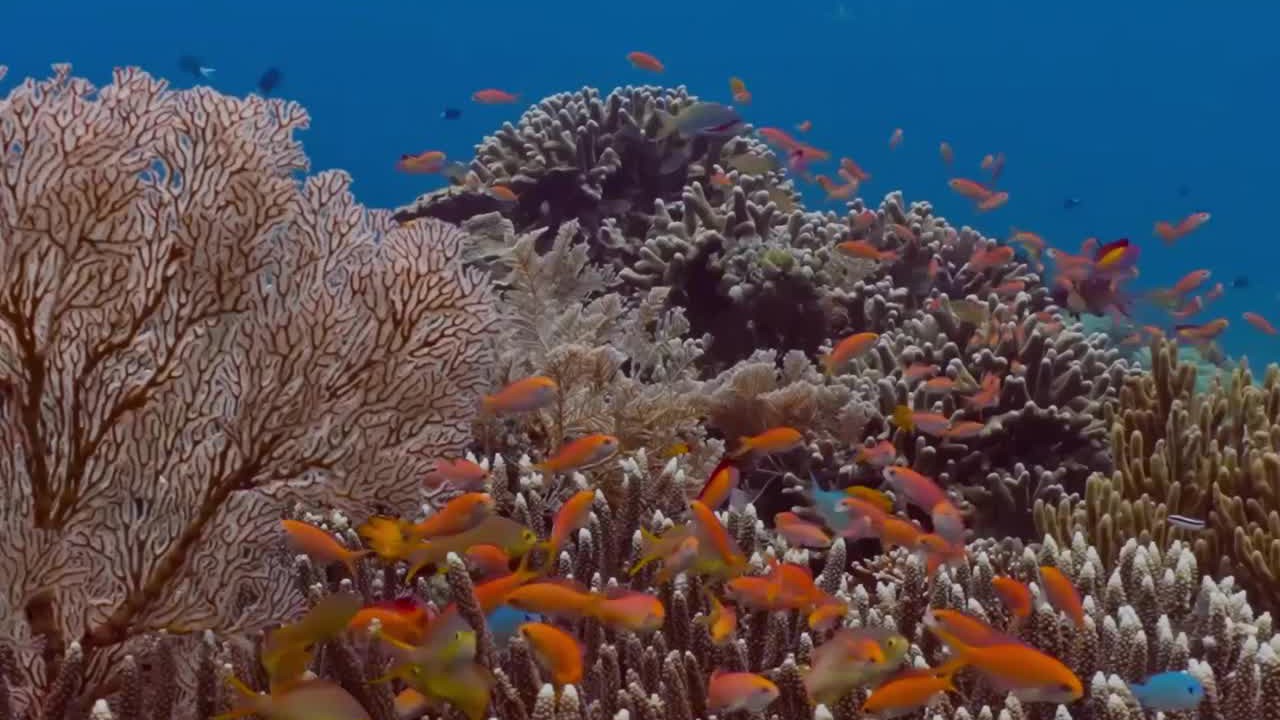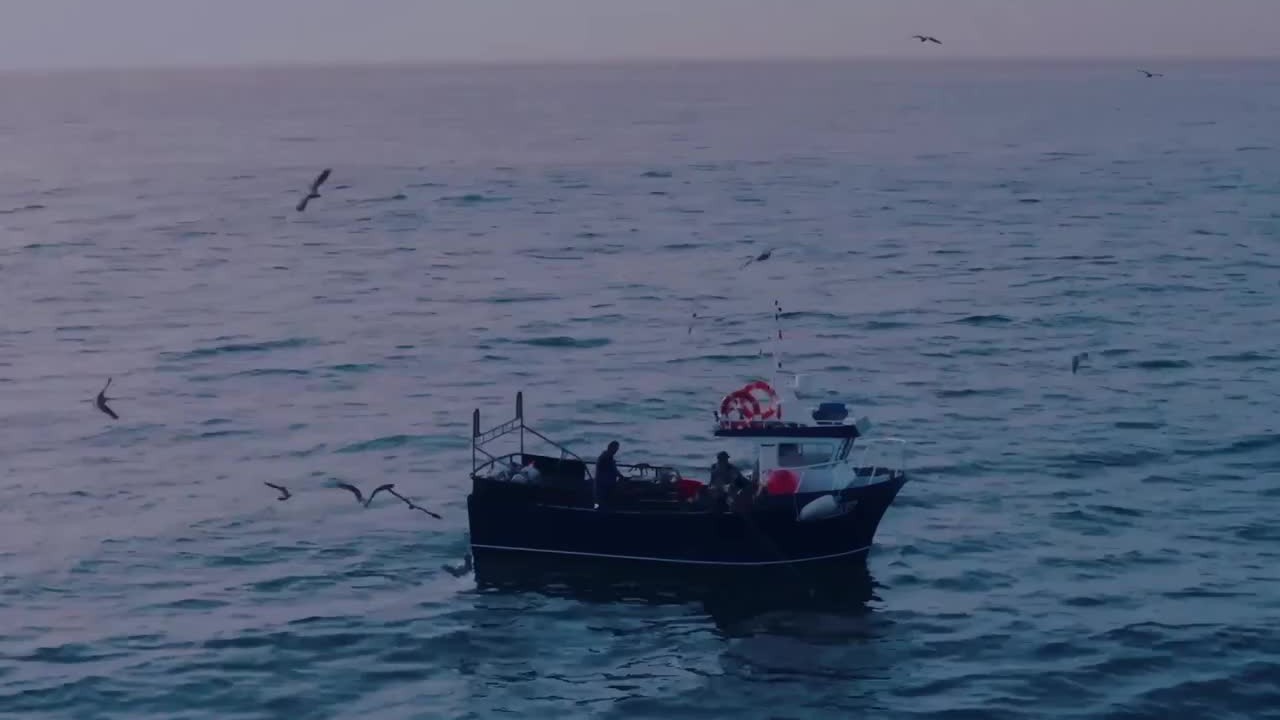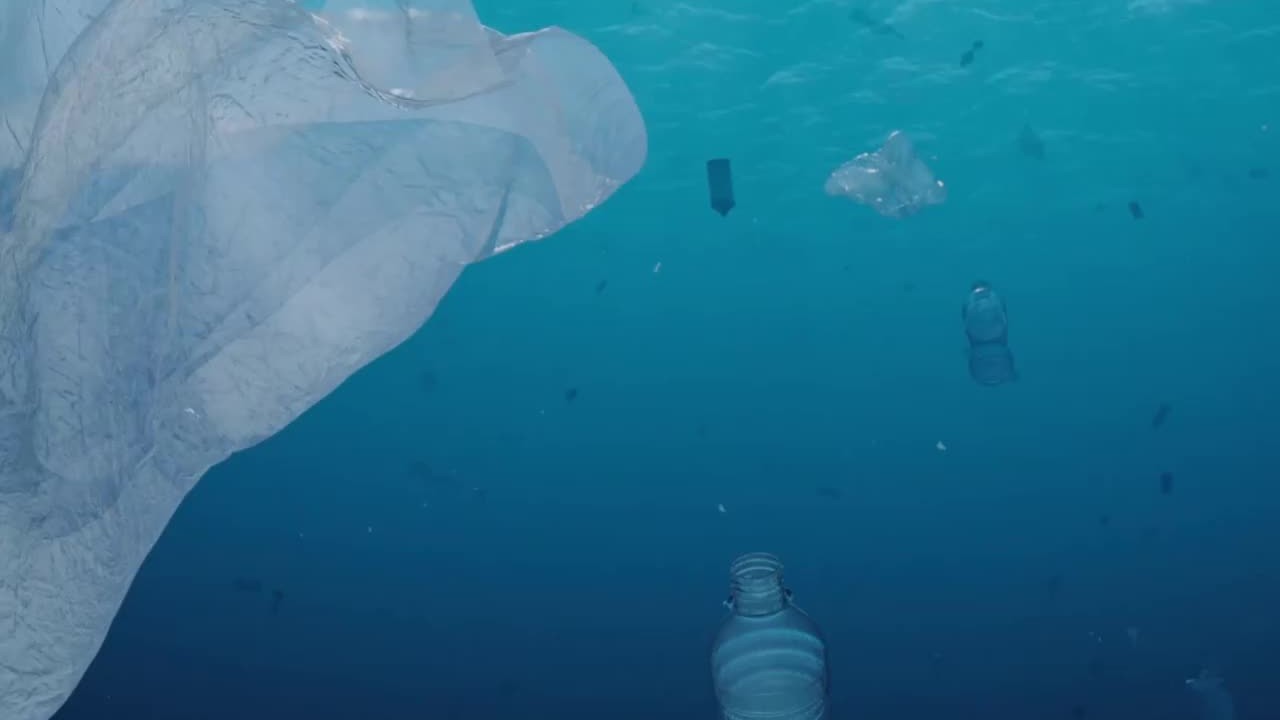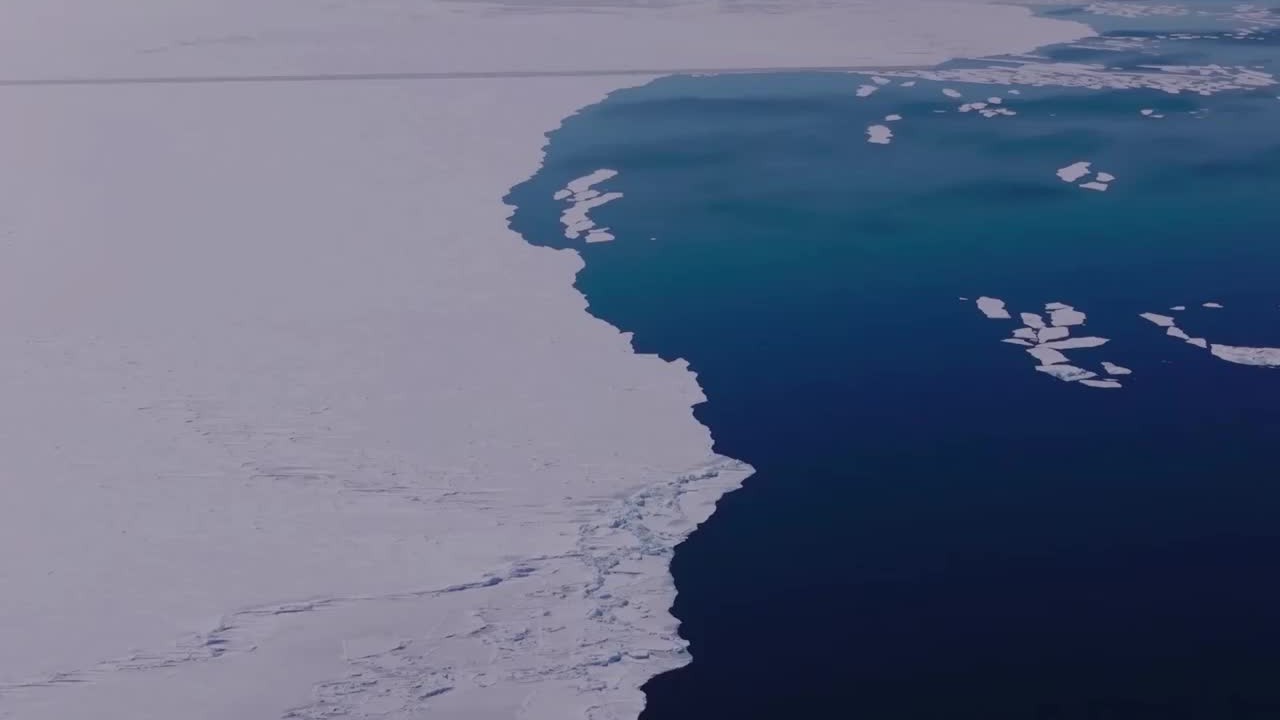Restore Ecosystems - Ocean Central
Restore
Ecosystems
Restoring marine ecosystems enhances biodiversity, supports coastal protection, and boosts carbon storage for a healthier ocean.
Ecosystem Valuation Tool
Explore the blue carbon value of marine ecosystems globally.
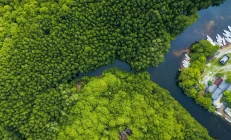
Ecosystem Valuation Tool
Explore the blue carbon value of marine ecosystems globally.
Restore
Ecosystems
Restore
Ecosystems
Restore
Ecosystems
Restore
Ecosystems
Related Stories
Data generously provided by
-
Dataset
Global Distribution of Coral Reefs
A comprehensive, global dataset of the distribution of warm-water coral reefs in tropical and subtropical regions.
-
Dataset
Global Distribution of Seagrasses
A global dataset of seagrass extent compiled by the UN Environment World Conservation Monitoring Centre in collaboration with other global organizations.
-
Dataset
Global Distribution of Seamounts
A global dataset of seamount and underwater knoll distribution derived from high-resolution bathymetric data.
-
Dataset
Global Distribution of the Kelp Biome
A dataset of kelp extent based on a predictive model built using geographic records and environmental variables.
-
Dataset
Global Hotspots of Salt Marsh Change and Carbon Emissions
A global and systematic change analysis of Landsat satellite imagery from the years 2000–2019 to quantify the loss, gain and recovery of salt marsh ecosystems and then estimate the impact of these changes on blue carbon stocks.
-
Dataset
Global Mangrove Watch Baseline of Mangrove Extent
A comprehensive assessment of mangrove extent derived via and automated methodology using satellite imagery.
-
Dataset
Protected Planet
A comprehensive source of data on protected areas and other effective area-based conservation measures (OECMs). It is updated monthly with submissions from governments, non-governmental organizations, landowners and communities.
-
Goals
Convention for Biological Diversity
The Kunming-Montreal Global Biodiversity Framework (GBF) was adopted COP15 following a four year consultation and negotiation process. It supports the achievement of the Sustainable Development Goals and builds on the Convention’s previous Strategic Plans and sets out an ambitious pathway to reach the global vision of a world living in harmony with nature by 2050. Among the Framework’s key elements are 4 goals for 2050 and 23 targets for 2030.
